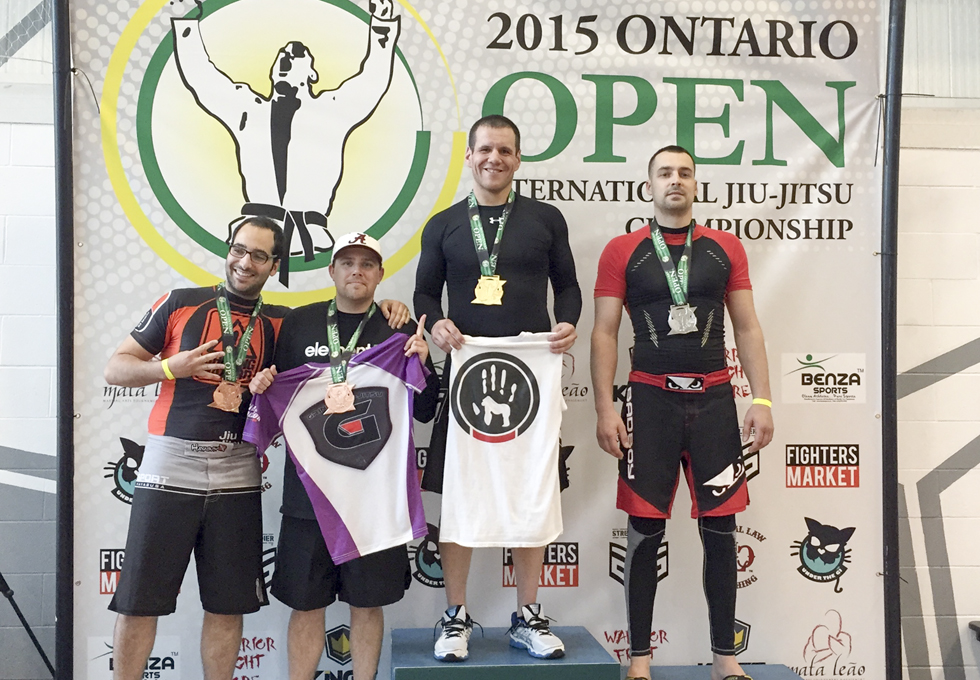SHEGUIANDAH—High concept art has taken up residence in the exhibit hall of the Centennial Museum of Sheguiandah with the 4elements Living Arts exhibition ‘Traces: An Exhibition of Archival Interventions.’
Works of art by artists Michael Belmore of Thunder Bay, Amanda Thomson of Glasgow, writer Elizabeth Reeder of Glasgow, Heather Thoma of Manitoulin and 4elements’ own Sophie A. Edwards adorn the floors and walls of the exhibit hall. The works are linked to the earlier Bonnie Blink project, an ambitious inter-disciplinary experiment that explored questions related to land use history, but each of the Traces exhibits follow their own take on “a host of other colonial traces that were raised but not satisfyingly tackled in the earlier project,” noted exhibit curator Sophie Anne Edwards.
Part of the concept of the exhibit includes an exploration of the links between the displaced Scottish settlers who predominated in Manitoulin’s early settlement, which in its turn displaced local indigenous peoples.
The artists and researchers spent many hours combing the available documentation and archival records, seeking out the “traces of hidden, lost, forgotten, erased and forbidden stories.” Those archives, with their predominance and focus on mainstream culture, is both random and dependant on donations, finds remnants and is therefore, by its nature, incomplete.
Ms. Edwards explains in her curatorial statement that “just as the archive is incomplete, our creative interventions are also incomplete and partial in our perspectives and our knowledge,” adding that “where the archive and its stories can represent the dominant story, in this case the settler story, our works attempt to grapple with the fixed idea of archive, of its material objects and of the story of place.”
“In a sense, the archive raised more questions than answers,” said Ms. Thomson in her artist’s statement about her hand-annotated untitled photographs. “I was struck by its partialness, and its local-ness and absences, and perhaps a lack of diversity within the archive raised question which I think I responded in my work.”
“Archives only matter when they are engaged with,” agreed Ms. Reeder. “This is always done in the present moment. Each recording of history is a re-imagining of that history—partial, biased and temporary.” Ms. Reeder’s multimedia work is entitled ‘none of this is silent; some essays on archives and silence (a series of nine works).’
Mr. Belmore’s ‘Boundless’ “speaks to the breathlessness of our existence on this island we call home.” He notes that he is interested in the “recognizing the vibrancy of how nature can live without these limitations.” He points out that the fires that “once burned across the Island, the flames lived and danced, not measured or confined by plots or cords, but by the circumstances offered by the landscape itself.”
Ms. Edwards’ work “draws upon work done by Ojibwe historian Alan Corbiere presented in the curated exhibition ‘Creation, Land, Treaty: From sacred to profane’.” She notes that “the series plays on settler narratives documented in the textual archives of the museum and the process of surveying and treaty making.”
Heather Thoma’s multimedia work ‘loving labour’ “pulls me to use art to respond to multi-layered questions about our daily lives—about land-based work and how labour is valued in a community, how that changes over time, and maybe doesn’t change over time…questions that have no simple answers.”
The 4elements Living Arts Traces exhibit runs through to May 30 at the Centennial Museum of Sheguiandah and is supported by the Ontario Arts Council, 4elements Living Arts, the Northeast Town and the Centennial Museum Sheguiandah.




